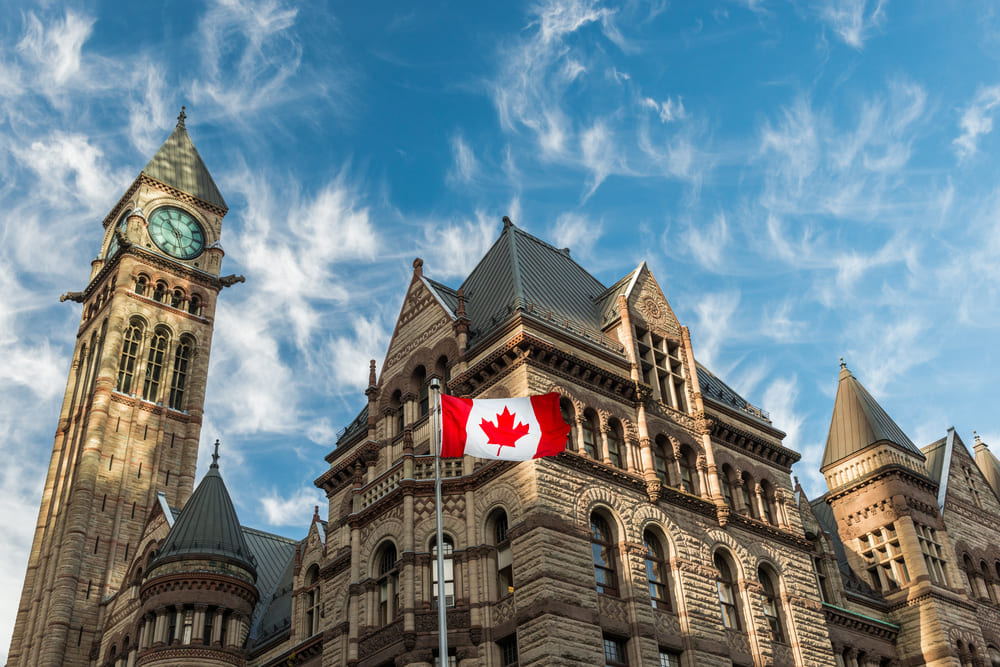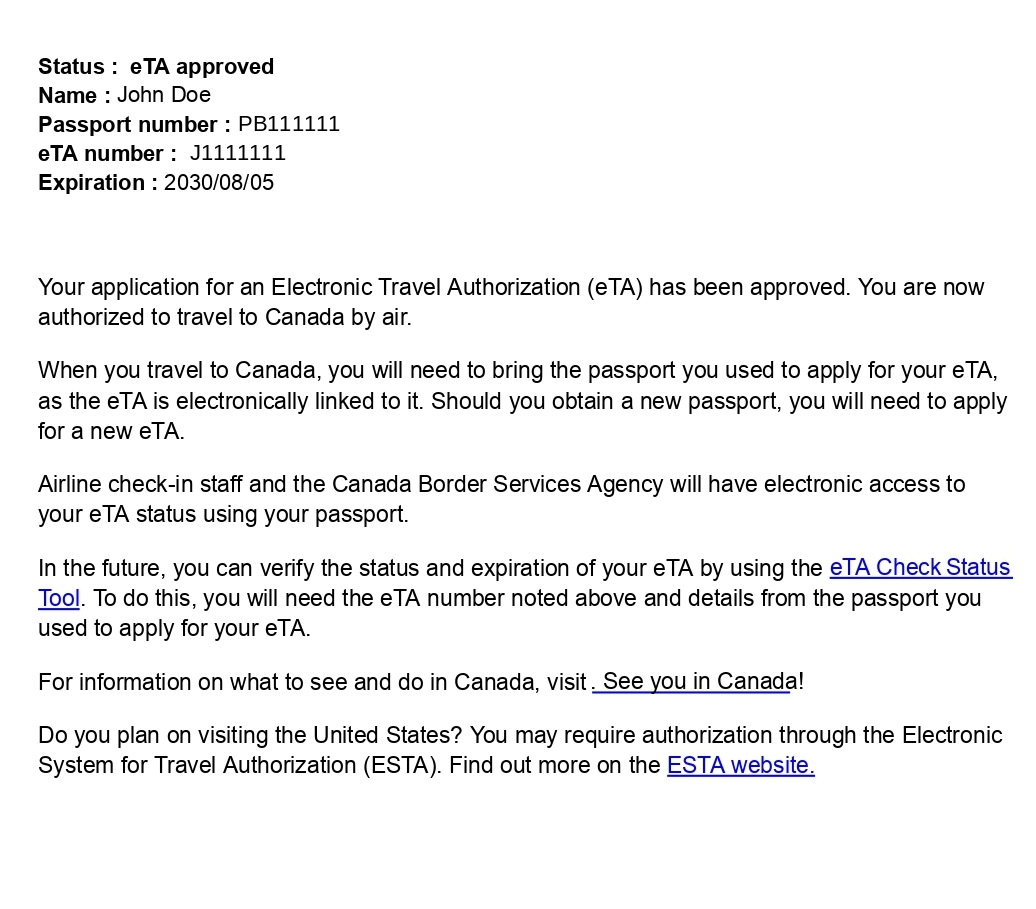
The Canada eTA is a digital travel authorization introduced by the Government of Canada
to
streamline entry procedures for eligible international visitors arriving by air. Most visa-exempt
travelers — regardless of nationality — must obtain an eTA before boarding their flight to
Canada.
This online system is part of Canada’s effort to modernize border operations and strengthen immigration and security screening. Travelers provide personal and travel details, which are electronically processed by Canadian authorities to help ensure a smoother arrival experience.
Whether visiting Canada for tourism, business, study (short courses), or transiting through a Canadian airport, obtaining the eTA is a crucial step before your journey.
From exploring the natural beauty of Banff and Jasper, to experiencing the multicultural life of Toronto and Vancouver, or attending conferences in Ottawa and Montreal, travelers should secure their eTA online ahead of departure to avoid airline boarding issues or entry delays.
The official currency of Canada is the Canadian Dollar (CAD), symbolized as $ or sometimes C$ to distinguish it from other dollar-based currencies. It is abbreviated as CAD in international usage. Banknotes come in denominations of $5, $10, $20, $50, and $100, while coins include 5¢ (nickel), 10¢ (dime), 25¢ (quarter), $1 (loonie), and $2 (toonie).
Canada has two official languages: English and French.
• English is the most widely spoken across the country
• French is the primary language in Quebec and parts of New Brunswick, Ontario, and Manitoba.
Bilingualism is a key feature of Canada’s identity, and government services are available in both languages.
Canada’s population is approximately 40 million (2023 estimate). It is the second-largest country in the world by land area but has a relatively low population density. Canada is known for its multicultural society, with large immigrant communities contributing to its diversity.
Canada’s climate varies greatly due to its vast geography:
• Winter (December to March): Cold and snowy in most regions, with temperatures often
below freezing, especially in the prairies and northern territories.
• Spring (April to June): Mild temperatures with blossoming landscapes.
• Summer (July to September): Warm to hot, particularly in southern regions, with temperatures ranging
from 20°C to 35°C.
• Autumn (October to November): Cool, crisp air with vibrant fall foliage.
Coastal areas (e.g., Vancouver) have milder winters, while central and northern regions can
experience extreme cold.
Example of a Canada ETA Confirmation Email (for reference only)


Once submitted, the Canada Electronic Travel Authorization (eTA) application is processed by the Government of Canada’s official immigration system. Most travelers receive an email confirmation within minutes of submission, though in some cases additional documents may be requested, which can delay processing.
When approved, the eTA is electronically linked to the traveler’s passport and remains valid for up to five years, or until the passport expires — whichever comes first. There is no need to print a paper copy, as airlines and Canadian border officers can verify the eTA electronically. A valid eTA is required for each entry into Canada by air.
If there are problems with the eTA application — such as incomplete details, errors, or background concerns — travelers may be asked to provide additional information or resubmit. It is essential that all passport and personal details are accurate. Incorrect or false submissions may result in delays, denied boarding, or refusal of entry by Canadian immigration authorities.
Our role is to assist travelers in completing the Canada eTA application accurately and on time. The review, approval, and issuance of the eTA are carried out solely by the Government of Canada.